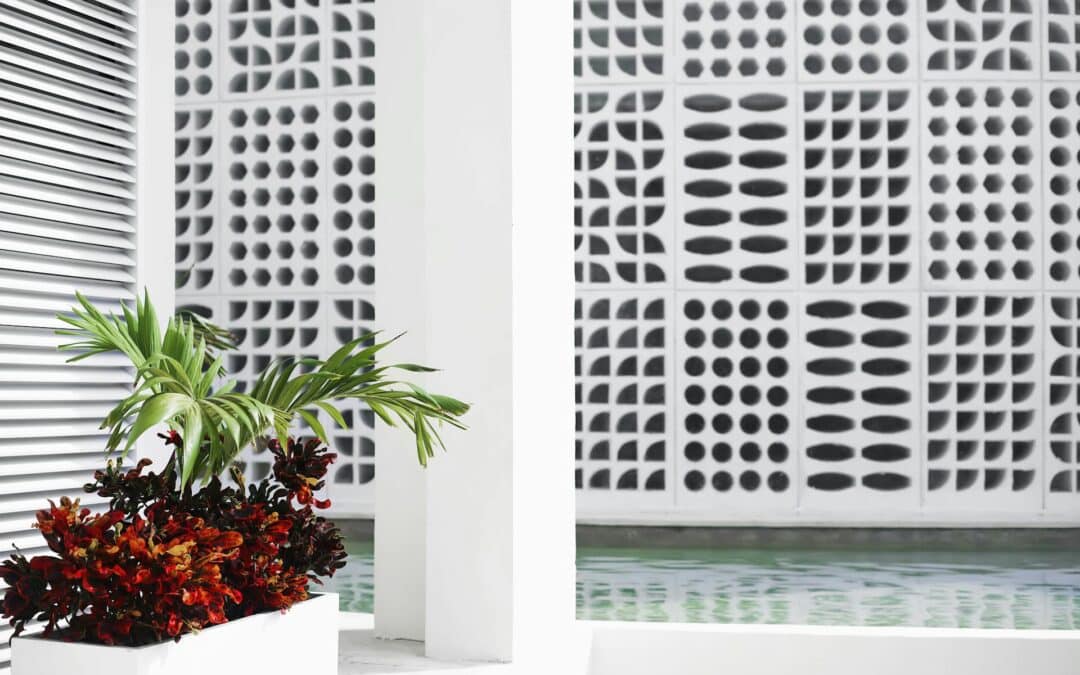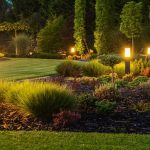For homeowners, the allure of a sprawling backyard isn’t always within reach. Many of us contend with limited outdoor space, leaving us yearning for ways to make the most of every square metre – and not everyone is a landscape designer.
But fear not! Looking Good Landscaping in Baldivis are here to say that small spaces can harbour grand ideas, especially when it comes to landscaping.
Transforming small outdoor spaces requires creative design principles like vertical gardens and layering, strategic plant selection and incorporating multi-functional elements such as water features and lighting. With thoughtful planning, even compact areas can become lush and inviting retreats.
Don’t feel overwhelmed if these seem like a lot of elements to address – we can take this one spadeful at a time!
Landscaping for Maximum Garden Space
Below, we’ll dig into the art of landscaping for compact areas, exploring innovative design principles, functional elements and tips from seasoned professionals.
By the end, we’ll have armed you with enough knowledge to transform even the tiniest nook into a wonderful green oasis.
A Quick Introduction To Landscape Design
Landscape design isn’t just about arranging plants, it’s a holistic approach to crafting outdoor spaces that are both functional and aesthetically pleasing.
Whether you’re dealing with a petite courtyard or a slender balcony, the principles of design remain the same.
Maximising Garden Space: Clever Design Principles
Of course, when space is at a premium, every inch counts!
Embracing vertical gardening and layering is a savvy way to make the most of limited ground area.
Vertical gardens can incorporate trellises, hanging planters and tiered beds. Even with these few simple features, you can create plenty of visual interest, while at the same time optimising and maximising garden space.
Vertical Gardening and Layering
Vertical gardening is a game-changer for compact areas.
For vertical gardens, you can use walls, fences and pergolas to support climbing plants such as ivy, jasmine or passionfruit.
Vertical gardens are relatively easy to achieve. Not only does this add greenery without encroaching on floor space, but it also creates a lush backdrop for your outdoor sanctuary – perfect!
Layering is another key strategy for maximising space. Arranging plants of varying heights, textures and colours allows you to create depth and dimension in even the smallest gardens.
Consider incorporating tall shrubs, ornamental grasses or a potted dwarf fruit tree en espalier towards the back if it’s against a wall or fence, with lower-growing perennials and groundcovers towards the front. Planting many smaller-reach plants will give the illusion of having lots of space.
For an area that does not back up to a wall or fence, add tall shrubs in the centre and work out towards the edges with medium and then smaller plants and shrubs.
Choosing the Right Plants
Selecting the right plants is crucial for successful small-space landscaping.
Often this is where professional landscapers like Looking Good Landscaping can help, so please contact us for some assistance.
Opt for species that are well-suited to your climate and to the soil conditions, thus ensuring they thrive in their compact environment. Here’s our planting inspirations page for some planting inspiration ideas
Dwarf varieties give the impression of a larger space, so look for dwarf varieties of trees and shrubs, as well as trailing or compact perennials that won’t overwhelm the space.
Functional and Aesthetic Elements
In our experience as landscapers, we know that while greenery forms the backbone of any landscape design, it’s the functional and aesthetic elements that elevate a space from ordinary to extraordinary.
It might sound counterintuitive, but to help maximise garden space, look at adding additional features. Write down all your ideas:- from water features to art installations, these elements add personality and charm to your outdoor haven, making the admirer focus on the features rather than any thoughts of garden size.
Incorporating Water Features and Art
Water features, such as fountains or small ponds, bring a sense of tranquillity to compact spaces.
Not only do they provide visual interest, but the sound of flowing water can also mask unwanted noise from neighbouring areas.
Similarly, art installations – whether sculptures, mosaics or decorative panels – inject character and interest into your garden oasis.
Lighting and Colour Schemes
We know that thoughtfully placed lighting increases the enjoyment of a garden. This is because well-designed, strategic lighting can extend the usability of your outdoor space well into the evening hours.
So, consider installing LED lights along pathways, under shrubs and trees or highlighting architectural features to create ambience and enhance safety.
Additionally, thoughtful colour schemes can visually expand small areas. Opt for light hues to brighten dark corners and create a sense of openness. Again check our inspirations page for some ideas about maximising garden space with colour.
Tips from Professional Landscapers Baldivis
Who better to glean advice from than the experts themselves? Our professional landscaping designing team here at Looking Good Landscaping offer invaluable insights into maximising your garden space. Here are three of our favourite tips to help get you started…
1. Utilising Multi-functional Features
In compact areas, every element should serve more than one purpose.
So for example, consider bench seating with built-in storage, which provides both seating and a place to stow gardening tools or cushions. Or maybe a large, cylindrical terrarium with a glass top that can serve as both a point of interest and a table.
Similarly, as mentioned earlier in our vertical gardens section, vertical planters can double as privacy screens, delineating separate areas within your outdoor sanctuary.
2. Smart Use of Mirrors and Reflective Surfaces
Mirrors aren’t just for indoors – we’ve found they can work wonders in small outdoor spaces too.
So, one of our tips is to strategically place mirrors or reflective surfaces to create the illusion of depth, making your garden area feel larger than it is.
Just be mindful of placement, you would want to avoid harsh sun glare or a reflection of your compost bin!
3. Selecting Drought-Resistant Plant Varieties
In regions prone to water restrictions or dry spells – as we often experience here in Perth and other parts of Western Australia – selecting drought-resistant plants is essential.
Succulents, ornamental grasses and native species are all excellent choices for low-maintenance, water-wise landscaping.
Not only do they thrive in arid conditions, but in our experience, they also add texture and visual interest to your garden.
Our Projects: Transforming Small Areas
At Looking Good Landscaping, we’ve had the privilege of transforming many small areas into lush retreats.
From inner-city courtyards to suburban balconies, our portfolio showcases the transformative power of thoughtful design and meticulous craftsmanship. In this post, you’ll find a few images from our projects and some planting inspiration.
Landscaping for Compact Areas – Next Steps
We hope this has provided some ideas and tips for landscaping a small garden area.
Whether you’re dreaming of a serene oasis, tall vertical gardens or a vibrant urban jungle, remember that the key to success lies in maximising the space, embracing functional elements and letting your imagination run just a little bit wild.
If you like the idea but don’t have the time, then we can help. Looking Good Landscaping can bring your small garden space to life, making the outdoors so much more enjoyable. Contact us now for advice and help because no garden is too small!





